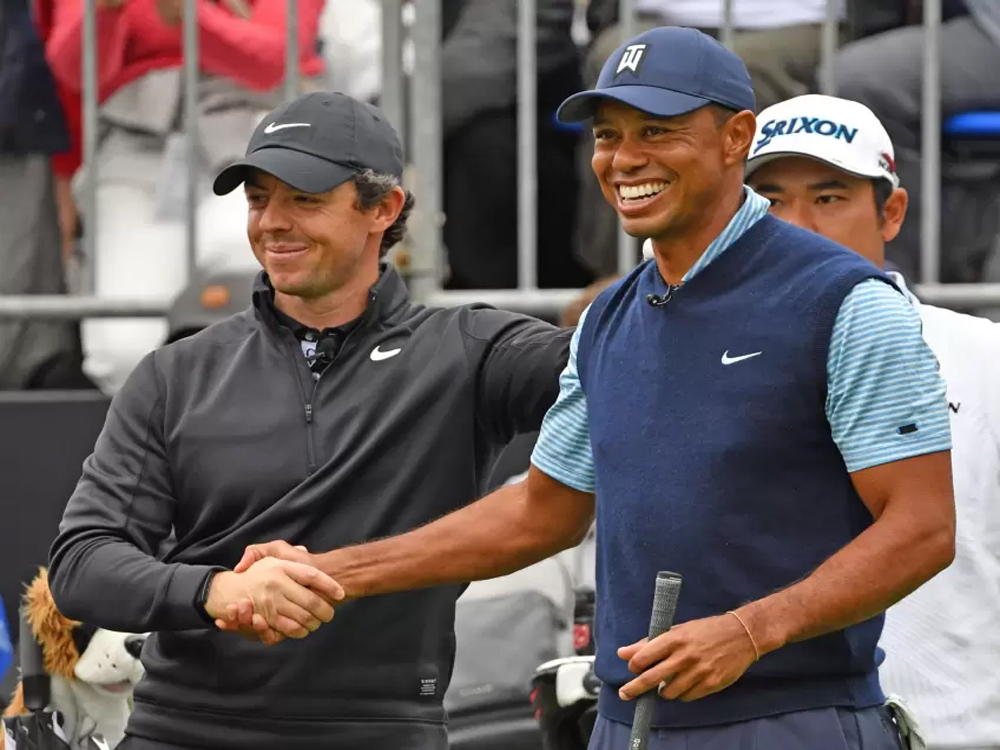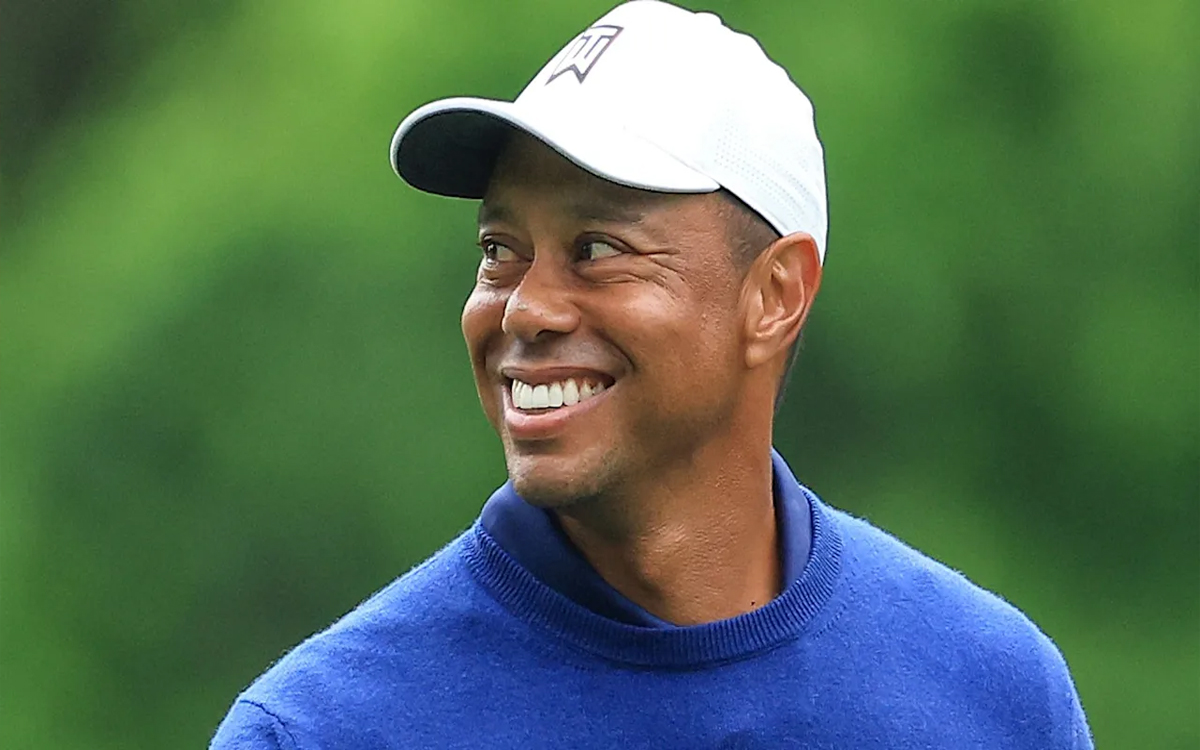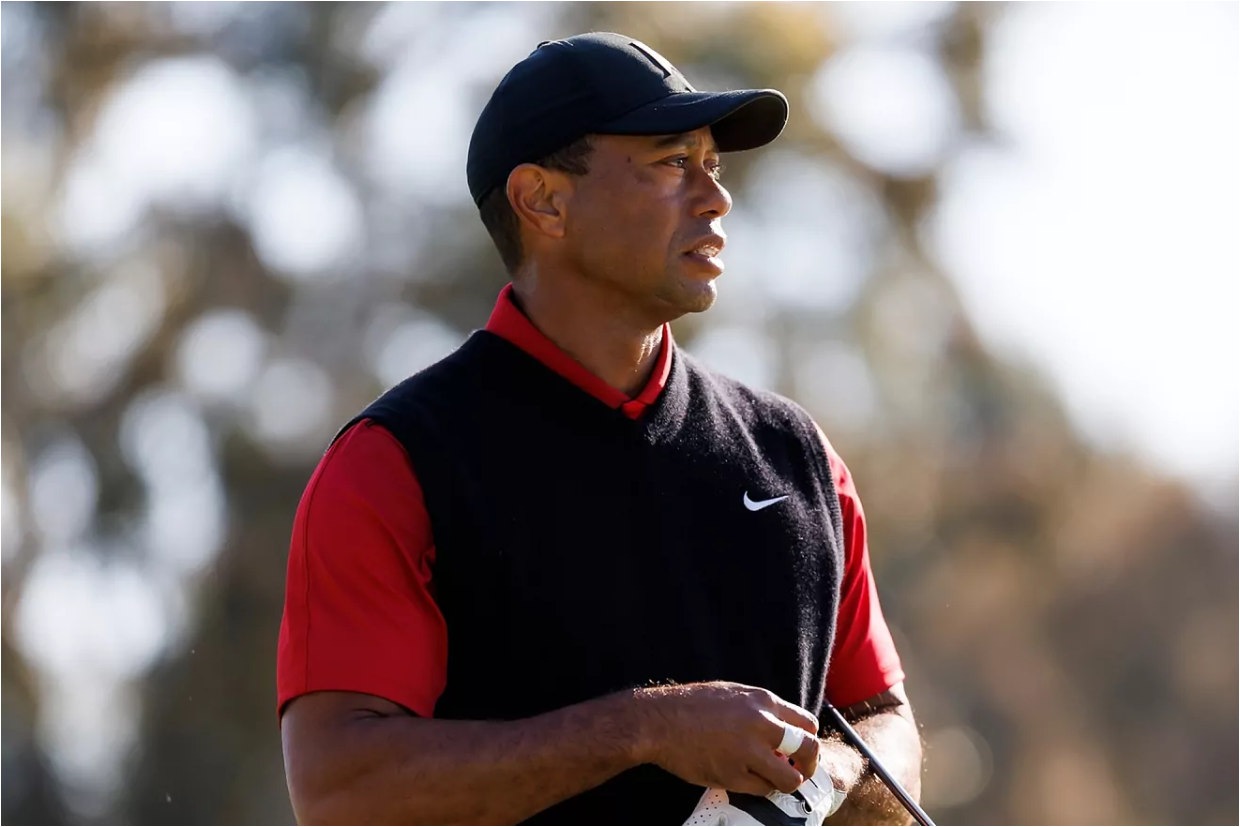The PGA Tour is distributing equity to its players, past and present, who have helped build the Tour and remained in its ranks.
The PGA Tour has begun notifying its players of the equity they will receive for remaining loyal to, and helping build, the tour in the face of a significant threat from LIV Golf and Saudi Arabia’s Public Investment Fund. While the exact amounts of shares in the PGA Tour each player will receive aren’t disclosed, the pool from which the equity will be drawn is estimated at more than $900 million… and it’s reasonable to assume that the biggest names will draw the largest shares.
The Tour is, in effect, rewarding the players who remained in its ranks even as others jumped to LIV Golf. Players like Tiger Woods, Rory McIlroy, Jordan Spieth and Justin Thomas will be eligible for the equity awards; players like Jon Rahm, Dustin Johnson, Brooks Koepka and Bryson DeChambeau will not. Phil Mickelson, the most famous player in the world outside Woods, will not receive any equity, even though he’s as responsible as almost any player for building the Tour into the force it is now — and he’s also significantly responsible for both golf’s schism and, in turn, the infusion of capital into the Tour that has made these equity awards even possible.
The funding from the equity will come from the recent $1.5 billion investment into the Tour from the Strategic Sports Group, a consortium of professional sports owners who have committed to investing up to $3 billion into the Tour’s vision of professional golf.
The players are receiving shares of PGA Tour Enterprises, the for-profit arm of the PGA Tour. They’ve been ranked through a range of factors, including on-course performance — both historical and current — and contribution to the Tour’s overall health and public perception. A total of 193 players will receive grants in some form, according to Golf.com.
However, just as all players aren’t equal on the course, all 193 players won’t receive equal distributions. The players will be divided into four separate groups as Golf.com notes. The first, comprising 36 players, will be the elite of the elite — 36 current players who have had the most success and the most impact on the game, as measured through significant tournaments won and publicity achieved. Woods is likely in this group, and likely to receive the lion’s share of overall equity. McIlroy will be second behind him. This group will divide $750 million — more than 80 percent of the equity — because this is the group most likely to be poached by LIV Golf.
The second group of 64 players, designated as both reliable Tour pros and rapid risers — think, for example, Ludvig Åberg — will divide $75 million. A third group of 57 players will divide $30 million based on past success. The final group of 36 players is made up of past PGA Tour stars — Jack Nicklaus, for instance — who will divide up $75 million.
However, players won’t just start seeing extra zeroes in their bank accounts. There are conditions; the initial grants will vest over an eight-year period, but not starting before four years. Players who, for example, leave for LIV Golf before the vesting period would forfeit their shares. Players must also remain active on Tour to receive their shares.
The remaining investment from SSG will be distributed in the form of equity starting in 2025, with $100 million per year going to top performers on the PGA Tour.
The entire equity distribution is based on the expectation that the value of the PGA Tour will continue to rise — not an unrealistic expectation given the continuing increase in values of professional sports franchises. But the Tour does face significant headwinds, most notably declining ratings and fan interest in the wake of the golf world’s schism.
While the equity alone isn’t enough to offset the money that players have made jumping to LIV — Rahm, for instance, was offered an estimated $450 million — it’s designed to keep PGA Tour players both loyal to the Tour and thinking about more than just their own career. As the value of the Tour grows, the value of their equity stake grows, too. Will that be enough to force players to take a more direct interest in the growth of the Tour? Yet to be determined, but it’s clear that the money is there for those who stay loyal to the Tour.



